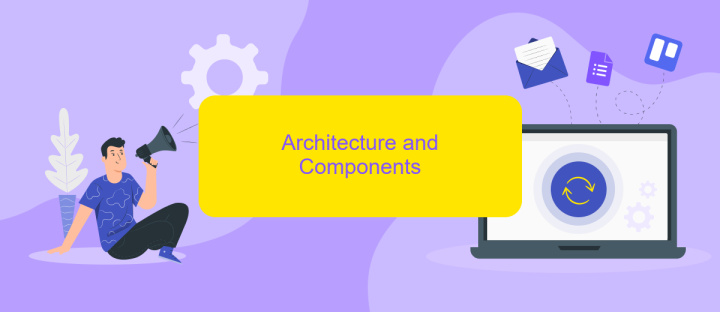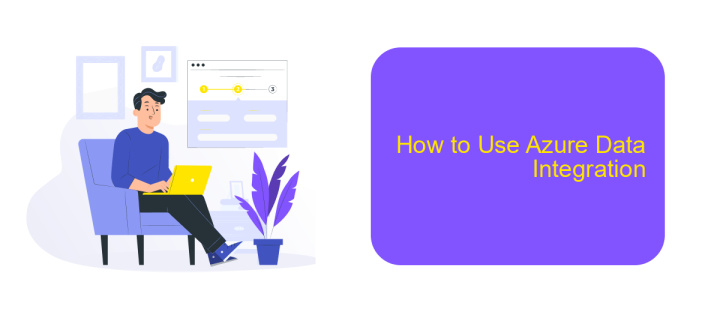Azure Data Integration
Azure Data Integration is a powerful suite of tools and services designed to streamline and enhance the process of combining data from various sources. By leveraging Azure's robust infrastructure, organizations can efficiently manage, transform, and analyze their data, enabling more informed decision-making and driving business growth. This article explores the key features, benefits, and use cases of Azure Data Integration.
Introduction
Azure Data Integration is a vital aspect of modern data management, enabling organizations to seamlessly integrate, transform, and manage data from various sources. This process ensures that data is consistently accurate, up-to-date, and readily available for business intelligence and analytics purposes.
- Seamless integration of data from diverse sources
- Real-time data processing and transformation
- Enhanced data accuracy and consistency
- Improved business intelligence and analytics
Utilizing tools like Azure Data Factory and third-party services such as ApiX-Drive, businesses can automate data workflows and streamline integration processes. ApiX-Drive, in particular, offers a user-friendly interface and powerful automation capabilities, making it easier to connect various applications and services without extensive coding knowledge. By leveraging these tools, organizations can ensure that their data integration processes are efficient, scalable, and aligned with their overall data strategy.
Benefits of Using Azure Data Integration

Azure Data Integration offers a comprehensive solution for seamlessly connecting various data sources, ensuring that data flows smoothly across different platforms. This integration capability allows businesses to consolidate data from disparate systems, enhancing data accessibility and enabling more informed decision-making. The scalability of Azure ensures that as your business grows, your data integration processes can expand without compromising performance. Additionally, Azure provides robust security features to protect sensitive data during transfer and storage, meeting compliance requirements and safeguarding business integrity.
Another significant advantage is the ease of use and efficiency brought by services like ApiX-Drive, which simplifies the configuration of integrations. With ApiX-Drive, users can automate data workflows between multiple applications without requiring extensive coding knowledge. This not only reduces the time and effort involved in setting up integrations but also minimizes the risk of errors. By leveraging Azure Data Integration alongside tools like ApiX-Drive, businesses can streamline their operations, improve data accuracy, and ultimately drive better business outcomes.
Architecture and Components

Azure Data Integration architecture is designed to streamline data processing and management across various sources and destinations. It leverages a variety of components to facilitate seamless data integration, ensuring data consistency and reliability.
- Data Factory: Orchestrates data workflows and pipelines for efficient data movement and transformation.
- Data Lake Storage: Provides scalable storage for both structured and unstructured data.
- Synapse Analytics: Integrates big data and data warehousing capabilities for advanced analytics.
- Logic Apps: Automates workflows and integrates applications and services using a visual designer.
- ApiX-Drive: Simplifies the integration of various APIs, enabling seamless data exchange between different platforms.
These components work in harmony to provide a robust data integration solution. By leveraging services like ApiX-Drive, users can easily configure integrations, automate data workflows, and ensure that data flows smoothly between disparate systems. This comprehensive architecture enables businesses to make data-driven decisions with confidence.
How to Use Azure Data Integration

Azure Data Integration is a powerful tool that allows businesses to seamlessly connect various data sources and services. To get started, you need to create an Azure account and navigate to the Azure Data Factory service. This service provides a user-friendly interface to design and manage your data workflows.
Once in Azure Data Factory, you can create pipelines to move and transform data. Pipelines consist of activities that define the actions to perform on your data. For instance, you can copy data from an on-premises SQL Server to an Azure SQL Database, or transform data using Azure Databricks.
- Set up your source and destination data stores.
- Create linked services to connect to your data sources.
- Design pipelines with data transformation activities.
- Monitor and manage your data workflows via the Azure portal.
For more complex integrations, consider using third-party services like ApiX-Drive. ApiX-Drive simplifies the process of connecting multiple applications and automating data flows, making Azure Data Integration even more efficient. By leveraging these tools, you can ensure that your data is always up-to-date and accessible across your organization.


Best Practices and Tips
When working with Azure Data Integration, it’s crucial to design your data pipelines with scalability and performance in mind. Ensure that your data flow is optimized by minimizing data movement and transformations. Use partitioning and parallelism to process large datasets efficiently. Additionally, always monitor your data integration processes using Azure Monitor and set up alerts to proactively address any issues that might arise.
Security is another essential aspect to consider. Use Azure Key Vault to manage and safeguard your secrets, keys, and certificates. Implement role-based access control (RBAC) to restrict access to your data and integration services. For seamless integration with various applications, consider using tools like ApiX-Drive, which can automate data transfer between different platforms without the need for complex coding. This can help streamline your data workflows and ensure that your integrations are both secure and efficient.
FAQ
What is Azure Data Integration?
How does Azure Data Factory help with data integration?
Can I automate data integration tasks in Azure?
What are the benefits of using cloud-based data integration?
How can I ensure the security of my data during integration?
Apix-Drive is a simple and efficient system connector that will help you automate routine tasks and optimize business processes. You can save time and money, direct these resources to more important purposes. Test ApiX-Drive and make sure that this tool will relieve your employees and after 5 minutes of settings your business will start working faster.

